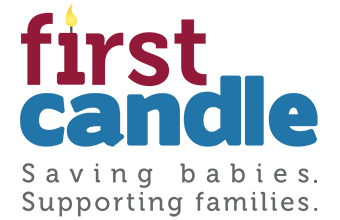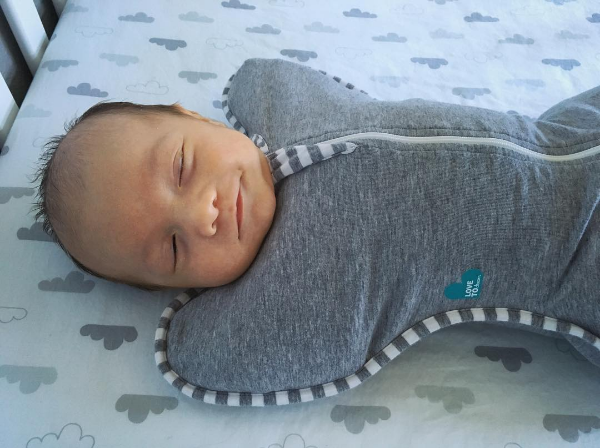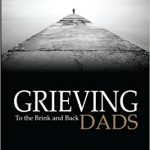CCAT Child Care Checklist
Child Care Checklist – Infant Safe Sleep
As you look for child care outside your home, there are many things to consider. This guide will help you assess two important aspects of child care, infant safe sleep and breastfeeding, as you decide who will care for your baby. Please keep in mind, this has a limited focus and there are many other safety issues to be aware of in finding the safe and supportive place for your family.
The term “child’s caregiver” will be used for child care centers, home child care, faith-based providers and professionals as well as family, friend and neighbor care.
THINGS TO ASK
Here are some questions designed to identify safe sleep “best practice” and encourage conversations with child’s caregivers about your parenting practices and routines at home.
- Will the sleep space be an approved crib, play yard or other approved sleep surface?
- Will my child have his/her own sleep space that is the same each day?
- Since it is NOT recommended, if my baby falls asleep in a swing, car seat or bouncy seat, will he/she be moved to an approved sleep surface?
- Is the caregiver within sight and sound of my baby during sleep?
- Is the sleep area inspected before each sleep session?
- Does the child care have safe infant sleep policy/practices in place?
- Are all caregivers, including regular staff, volunteers, floaters, and substitutes trained in and following safe infant sleep guidelines?
ALWAYS ASK TO SEE SLEEP AREA
THINGS TO LOOK FOR
Child’s caregiver follows American Academy of Pediatrics (AAP) recommendations
- Babies always placed on their backs to sleep
- Firm sleep surface, such as a mattress in a safety approved crib, play yard other sleep surface covered by a fitted sheet with no other bedding
- EMPTY CRIB – No soft objects, pillows, blankets, toys, bumper pads, bottles or any other items in baby’s sleep area
- Babies dressed appropriately for the room temperature, and not in clothes that could cause overheating
- Nothing with ties such as bibs, pacifiers, cords or other attachments on infants while sleeping
- No use of products in the sleep space that claim to reduce the risk or prevent SIDS (such as wedges, positioners, or other products that claim to keep infants in a specific position)
- Posted safe sleep guidelines to remind all staff, volunteers, floaters and substitutes of these important practices
- Make sure no electrical cords or window blind cords are near the crib where they can create a safety hazard
Additional resources:
Find a child care provider by zip code – https://www.childcareaware.org/ccrr-search-form/
Consumer Products Safety Commission Crib Information Center – https://www.cpsc.gov/Safety-Education/Safety-Education-Centers/cribs
Child Care Checklist – Breastfeeding
As you look for child care outside your home, there are many things to consider. This guide will help you assess two important aspects of child care, infant safe sleep and breastfeeding, as you decide who will care for your baby. Please keep in mind, this has a limited focus and there are many other safety issues to be aware of in finding the safe and supportive place for your family.
The term “child’s caregiver” will be used for child care centers, home child care, faith-based providers and professionals as well as family, friend and neighbor care.
THINGS TO ASK
These questions are designed to identify the child’s caregiver’s support of breastfeeding and create the opportunity for conversation about mutual expectations for baby’s feeding.
- Do you welcome and encourage mothers and staff to breastfeed infants onsite at any time during the day?
- Will you feed my baby when he/she is hungry by recognizing hunger and fullness (feeding cues), rather than on a strict schedule?
- Will my baby be held while being fed?
- Are you willing to hold off feeding right before I pick up my baby?
- Do you create/make a feeding plan for each infant with information from parents? This plan should be changed as needed.
- Will you share time and amount of feedings with me every day?
- Do you have a Breastfeeding Policy/Practice in place?
- Have all child care staff, volunteers, floaters and substitutes received training and follow proper handling and storing to meet breast milk requirements?
THINGS TO LOOK FOR
- Breast milk handling and storing instructions posted in kitchen area
- Breastfeeding space that is comfortable, quiet? and clean with a nearby outlet for pumping if needed
- Refrigerator space for your milk
- Caregivers washing their hands before preparing and feeding infants and children?
- Posters & signs that create a welcoming place for breastfeeding
Additional Resources:
Supporting Breastfeeding in Child Care training – https://www.carecourses.com/Ecommerce/CourseDetail.aspx?ItemID=381
CDC Model Breastfeeding Policy – https://www.cdc.gov/breastfeeding/pdf/strategy6-support-breastfeeding-early-care.pdf
Office on Women’s Health article and additional resources on successful breastfeeding https://www.womenshealth.gov/breastfeeding/breastfeeding-home-work-and-public/breastfeeding-and-going-back-work/#3




